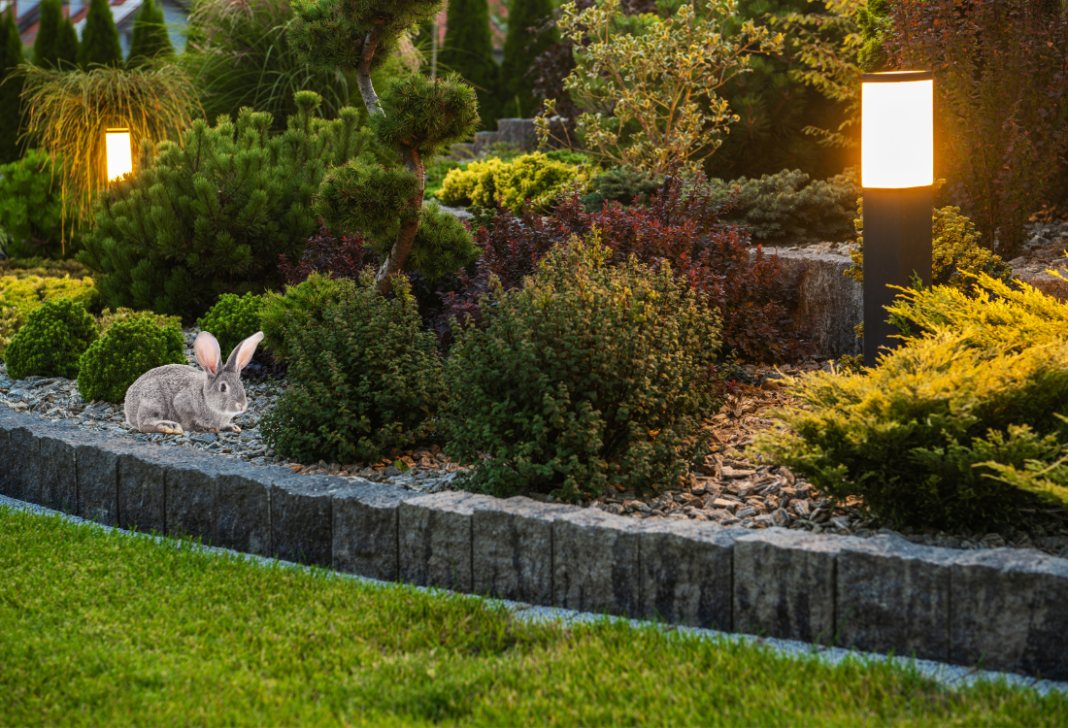How to Design an Amazing Landscape Lighting Project Without Breaking the Bank
Outdoor lighting transforms your yard, adding beauty, security, and functionality. The good news is that creating a well-lit outdoor space doesn’t have to be expensive. With the right approach, you can highlight key features of your landscape while keeping costs low. This guide will cover how to lay out your lights, choose the right brightness, understand lumens vs. watts, calculate the transformer size, and select the right wire to prevent voltage drop.
Planning Your Landscape Lighting Layout
Before purchasing lights, consider what areas you want to highlight. A well-designed landscape lighting plan balances aesthetics with functionality. Here’s how to get started:
- Define Key Areas: Decide if you want to illuminate pathways, trees, garden beds, patios, or architectural features.
- Layer the Lighting: Use a mix of accent lighting, path lighting, and ambient lighting for a balanced look.
- Consider Shadows and Angles: Play with light placement to create depth and avoid harsh glare.
- Think About Power Sources: Decide if you’ll use low-voltage wired lights or solar-powered options to save on installation costs.
Choosing the Right Brightness: Lumens, Watts, and Kelvin
When selecting landscape lighting, understanding **lumens, watts, and Kelvin temperature** is crucial.
- Watts: Measures power consumption, not brightness.
- Lumens: Measures actual brightness output—the higher the lumens, the brighter the light.
- Kelvin (K): Measures light color temperature, affecting the mood and appearance of your landscape.
Understanding Kelvin Temperature
The **Kelvin scale (K)** determines the color of light, influencing the way plants, structures, and pathways appear at night.
| Kelvin (K) | Light Appearance | Best For |
|---|---|---|
| 2700K (Warm White) | Soft, warm glow with a cozy feel | Traditional landscapes, patios, seating areas |
| 3000K (Soft White) | Balanced warm light | Garden beds, pathways, trees |
| 4000K (Cool White) | Crisp, natural white light | Modern landscapes, architectural features |
| 5000K+ (Daylight) | Bright, bluish-white light | Security lighting, commercial spaces |
Benefits of Adjustable Kelvin Lighting
Some landscape lights allow you to adjust the Kelvin temperature, providing flexibility for different lighting effects.
Why choose adjustable Kelvin lights?
- Customize lighting to match different outdoor areas.
- Experiment with warm or cool tones to enhance landscaping features.
- Adapt to seasonal changes or event-specific ambiance.
When choosing landscape lighting, consider both brightness (lumens) and color temperature (Kelvin) to create the perfect outdoor atmosphere.
For landscape lighting, brightness recommendations vary depending on application:
| Application | Recommended Lumens |
|---|---|
| Pathway Lights | 100-200 lumens |
| Spotlights | 300-600 lumens |
| Floodlights | 700-1300 lumens |
| Deck or Step Lights | 50-200 lumens |
Calculating the Total Watts for the Transformer
Low-voltage landscape lighting systems require a transformer to step down standard voltage to 12V. To size your transformer correctly, follow these steps:
- Add up the total wattage of all the lights in your system.
- Choose a transformer with at least 20% more capacity than your total wattage to allow for future expansion.
- For example, if your lighting system requires 100 watts, a 120-watt transformer would be ideal.
“When adding your wattage make sure to add actual watts not equivalent. For example if you are using an LED landscape spot light equivalent to 75 watt incandescent but only consumes 15 watts you can put up to 8 on an 120 watt transformer”
Selecting the Right Wire Gauge and Accounting for Voltage Drop
Voltage drop occurs when power diminishes over long distances. To prevent dim or flickering lights, select the appropriate wire gauge based on the length of the wire run and the wattage of the lights.
| Distance (Feet) | 50W Load | 100W Load | 150W Load | 200W Load | 250W Load | 300W Load |
|---|---|---|---|---|---|---|
| 25 ft | 12 AWG | 12 AWG | 12 AWG | 12 AWG | 10 AWG | 10 AWG |
| 50 ft | 12 AWG | 12 AWG | 10 AWG | 10 AWG | 10 AWG | 2-12 AWG |
| 75 ft | 12 AWG | 10 AWG | 10 AWG | 2-12 AWG | 2-12 AWG | 2-10 AWG |
| 100 ft | 10 AWG | 10 AWG | 2-12 AWG | 2-12 AWG | 2-10 AWG | 2-10 AWG |
| 150 ft | 10 AWG | 2-12 AWG | 2-12 AWG | 2-10 AWG | 2-10 AWG | 2-10 AWG |
| 200 ft | 2-12 AWG | 2-12 AWG | 2-10 AWG | 2-10 AWG | 2-10 AWG | 2-10 AWG |
To minimize voltage drop:
- Use a thicker wire for longer distances.
- Keep wire runs as short as possible.
- Use multiple runs from the transformer instead of daisy-chaining all lights.
Final Thoughts
Designing a stunning landscape lighting system doesn’t have to be expensive. By carefully planning your layout, selecting the right brightness, choosing the correct transformer, and using the appropriate wire gauge, you can create an efficient and budget-friendly outdoor lighting setup. Whether lighting a garden path or accenting architectural details, a well-planned lighting system enhances your home’s appeal and safety.

















